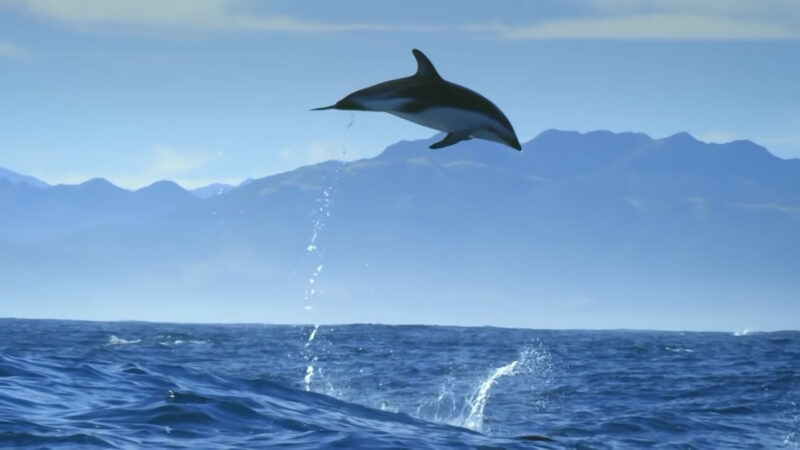As a marine biologist, I’ve marveled at the countless wonders of ocean life, with dolphins holding a special place in this incredible spectrum. But why are these oceanic creatures considered mammals? It’s an intriguing question that takes us deep into the heart of marine biology.
These marine wonders, elegantly compared to “sunflowers of the water” by Reena Doss, “adore the Sun, they love the ocean and are kind to the land.” Dolphins, much like sunflowers, serve as an emblematic link between two spheres: the terrestrial world, from which their mammalian heritage originated, and the aquatic domain, which has become their adapted abode.
So, join me on this exciting journey as we explore the captivating reasons behind why dolphins—these playful, intelligent beings—are, in fact, mammals.
Deciphering the Dolphin Dilemma
Before we dive in, it’s essential to understand the criteria that define a mammal.
So, how do dolphins, creatures we typically associate with the sea, meet these seemingly land-oriented criteria?
Warm-Blooded Water Dwellers
Although they dwell in the marine environment, these unusual mammals – dolphins, much like their avian cousins, are warm-blooded. This attribute allows them to regulate a steady body temperature, undeterred by the changes in their surroundings.
With a body temperature similar to that of humans, around 36-37 degrees Celsius, these creatures have a thick layer of blubber to insulate them against the cold ocean waters.Sparse but Significant Hair
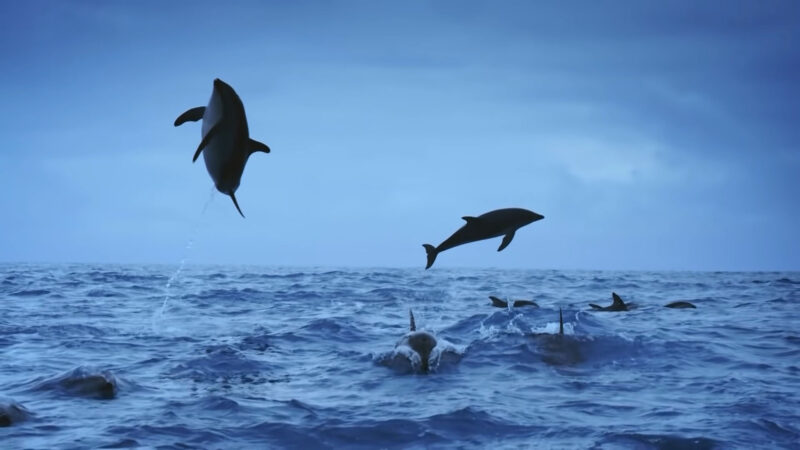
Although these hairs are shed shortly after birth, their presence is a telltale sign of their mammalian lineage.
Live Birth and Nurturing Newborns
Unlike many aquatic creatures that lay eggs, dolphins bear live young. Females carry their offspring in utero for a gestation period that varies between species but is generally around 12 months.
After birth, they nurse their calves with milk produced by mammary glands, reinforcing their standing as true mammals.Breathing Beneath the Waves
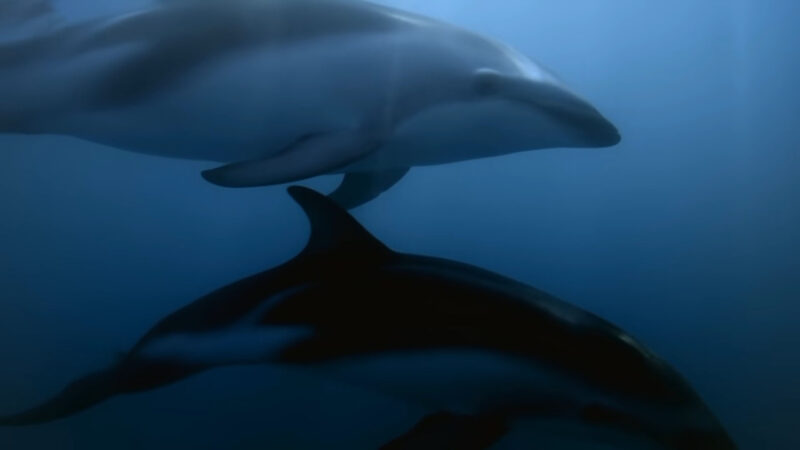
This reliance on air for respiration underscores their mammalian nature.
Brains and Behavior
Dolphins are renowned for their exceptional intelligence, a characteristic that further cements their status as mammals. They possess large and intricate brains, demonstrating complex behaviors and impressive problem-solving skills. Socially, they form close-knit groups and communicate using a sophisticated array of sounds and body language.
Evolution’s Aquatic Masterpiece
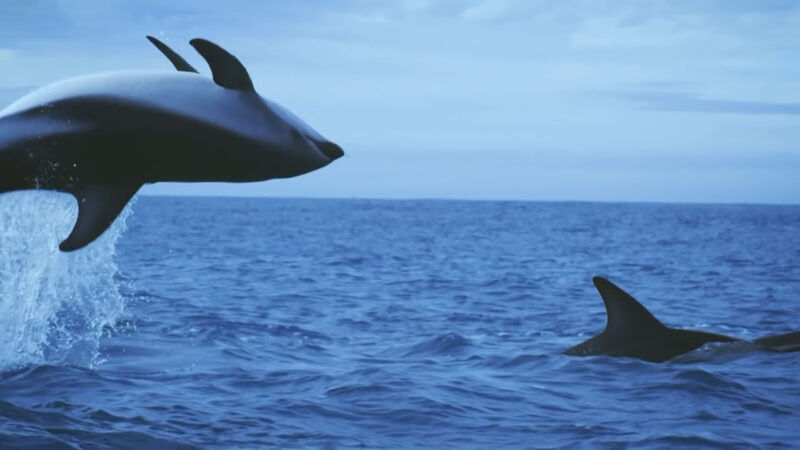
Although dolphins now thrive in aquatic environments, their ancestors were land-dwelling creatures. Through millions of years of evolution, these terrestrial animals gradually adapted to life at sea, undergoing transformations that would eventually result in the sleek, swimming marvels we know today.
Deciphering Their Unique Linguistic Code
Conservation: Safeguarding Our Ocean Ambassadors
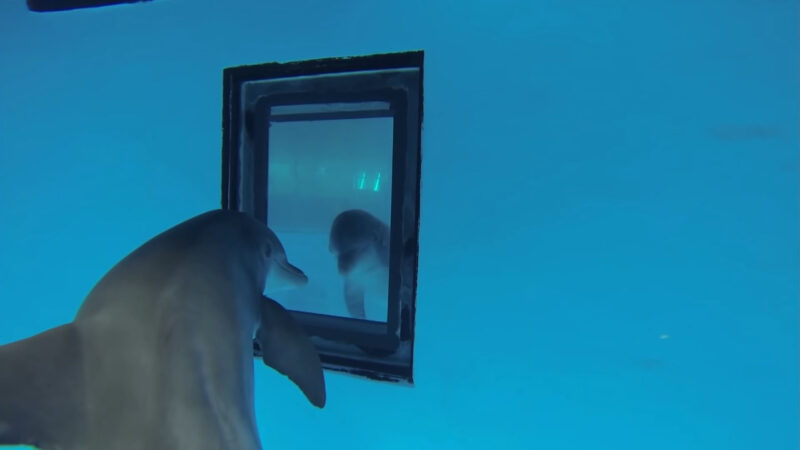
Dolphins play an invaluable role as indicators of ocean health, their well-being reflecting the state of their marine environment. However, they face numerous threats, including habitat degradation, entanglement in fishing gear, and climate change. Efforts to conserve these creatures are critical, reminding us of our responsibility as stewards of the planet.
The Bigger Picture: Dolphins in the Web of Life
Dolphins are key players in their ecosystems. As predators, they help maintain balance in the food chain. Their social behaviors provide intriguing insights into mammalian social structures. Studying these magnificent beings can also shed light on broader environmental changes and challenges, as these mammals are often the first to be affected by shifts in environmental conditions.
The Echolocation Superpower
One of the most intriguing characteristics of these aquatic mammals is their mastery of echolocation – a biological sonar system. This process involves emitting a series of high-pitched clicks, the echoes of which enable them to discern the location, size, and shape of surrounding objects. The precision of this sense is nothing short of remarkable; they can distinguish between various fish species and identify small objects at considerable distances.
This extraordinary capability is instrumental in navigating their environments, often shrouded in darkness or murkiness. It stands as a testament to their specialized evolutionary adaptations to life under the sea, solidifying their unique position within the mammalian kingdom.
Dolphins and Humans: A Shared Understanding
In some corners of the world, local fisherfolk have cultivated partnerships with these wild marine creatures that span centuries. In a remarkable exhibition of interspecies collaboration, these aquatic allies aid the fishermen by herding fish toward the shore for an easy catch. In return, they feast on the fish that evade the fishermen’s nets. This symbiotic relationship underscores a shared understanding and respect between the two species, underscoring the potential for harmonious co-existence and reciprocal assistance.
FAQ
Final Words
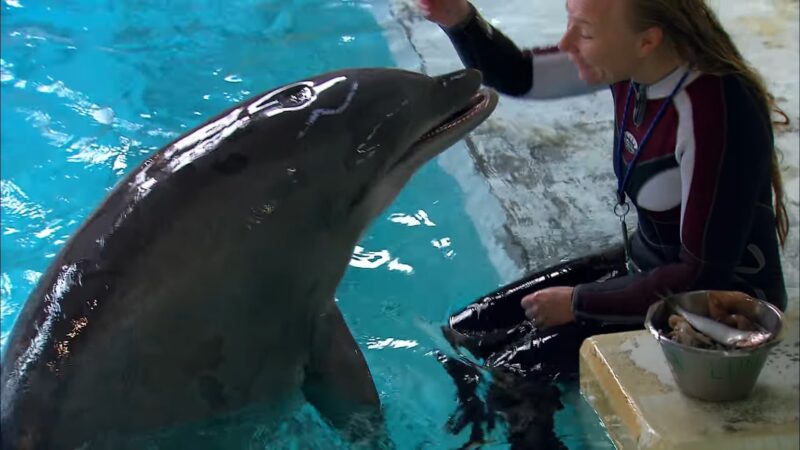
Dolphins, the enchanting mammals of the sea, encapsulate the marvels of evolution and adaptation. Their story challenges our perception of what it means to be a mammal, revealing how life’s diversity transcends the boundaries we set.
The question “Why are dolphins mammals?” leads us on a journey through time, from the ancient oceans teeming with life to our modern world, where science and conservation intersect. It teaches us about the shared characteristics among mammals, the intriguing adaptations for life at sea, and the interconnected web of life that sustains us all.
As we strive to uncover the secrets of our planet, let’s carry the story of the dolphin as a reminder of nature’s boundless creativity and resilience, and our shared responsibility to protect our planet’s extraordinary biodiversity.


